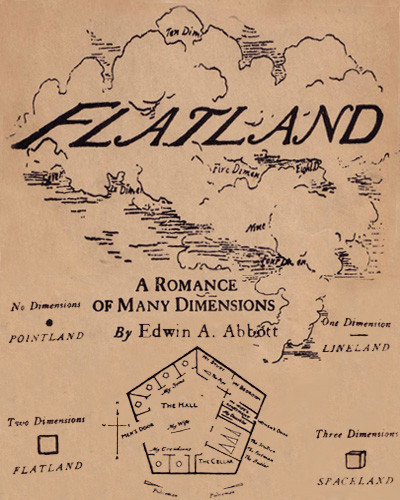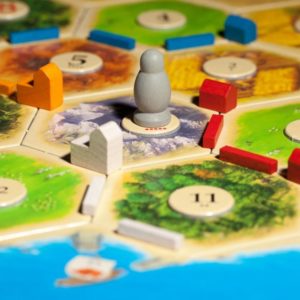As I’m sure everyone has seen by now, the ALIA Board of Directors today made an additional statement on marriage equality. This statement was prompted, in large part, by the negative response from ALIA members to ALIA’s formal response to NGAC of 11 September (released online on 18 September), culminating in the open letter I wrote to the Board on Tuesday 19 September, and the further letters and feedback that followed.
(I feel like I need a timeline, to be honest.)
Firstly, I’d like to sincerely thank the ALIA Board for reading my letter and those sent by others (including James Nicholson and @Preprint_). I received the same email response that James did, which echoes the statement on the ALIA website.
I was heartened to see my letter strike such a chord with the Australian library community. I was especially thrilled to have inspired others to write to the Board as well, and to have helped fellow librarians to find their voice. I was so, so happy to see so many supportive Twitter comments and likes and retweets and engaged, thoughtful commentary.
However, I must admit I am not as thrilled by the Board’s statement as I would like to be. My views on this are quite complex, with my earlier attempts to condense them into 140 characters ending in complete failure. I want to be careful in how I phrase these views, and I apologise in advance if I am wordier than usual.
For perpetuity, the Board’s revised statement is as follows:
The ALIA Board agrees that the current Commonwealth legislation dealing with marriage is discriminatory, and that a yes response to the postal survey is required to right this discrimination. At a human level, we regret the divisions that are forming and the impact on the well-being of our Members. We believe the majority of our personal members will support a yes vote and we, as a Board, do so too.
We continue to encourage ALIA Members to participate in the postal survey; to support our LGBTQIA+ colleagues and clients; and to ensure that library users have access to the information they need to help them understand the issues.
Note that ALIA’s institutional position has not changed—that is, there isn’t one. Where the Board previously spoke as individuals, they have decided to speak together, and lend the weight of their collective Directorships to their speech. This statement, like the one before it, has come from the Board as people, not from ALIA as an institution. It’s a subtle difference, but an important one.
By comparison, Andrew Vann, the Vice-Chancellor of Charles Sturt University (where I studied for my MIS) issued a searing, powerful statement affirming CSU’s support for marriage equality. Professor Vann clearly agonised over this statement and gave it a lot of thought, yet ultimately decided to commit not just himself as an individual, but the university ‘as a corporate body, an employer of staff and a community of students’ to supporting LGBTIQ scholars and the broader cause of marriage equality. It’s a beautiful piece and I can’t thank Professor Vann enough for writing it.
I love Professor Vann’s statement because it hits all the right notes. It affirms a university’s role as a defender of intellectual freedom and a place to discuss sometimes difficult ideas. It acknowledges the existence of other views and the right of people to hold and express those views. It also makes clear that if the university is to uphold its stated value of inclusivity, being neutral is simply not an option.
The Board’s revised statement does not do those things. The opening phrase ‘the ALIA Board agrees’ (with whom? with me, presumably) kinda gives away that this statement wasn’t ALIA’s idea. There is no mention of the existence of opposing views (a concession that, for the record, I would have completely supported) and no defence of the library as a space for the exploration of ideas.
Note also the expression of ‘regret [for] the divisions that are forming’ within Australian librarianship. This is not the first time the Board have brought this up; it was also mentioned in their response to Katie Miles-Barnes’ resignation from NGAC. I’d like to be wrong, but this tells me the Board are more preoccupied with the idea of librarians (publicly) disagreeing on this issue than on the issue itself. Because, you know, we were all one happy family before the postal survey was forced on this country, and librarianship totally wasn’t dying a slow death, right? Right?!
In what is surely a complete coincidence, NGAC advertised today for new members. There has been a lot of talk on Twitter over the last week about the relevance of ALIA to newer, more progressive librarians. The cynic in me suggests these advertisements were timed to capitalise on this wave of dissent, to provide a way for those disaffected librarians to contribute positively to the future of their organisation.
I was once asked, long before all this blew up, if I were interested in joining NGAC when the opportunity arose. I was then, as I am now, reluctant to join an organisation and advocate from within, when I felt I could be more effective working from the outside. (I was also hesitant to give up some of my hard-won internet semi-anonymity.) ALIA’s treatment of NGAC over the last month has only cemented my position. Sustained lobbying by NGAC and the resignation of an NGAC member over this issue were not met with an appropriate response. It took a few letters from ordinary Personal Members, and a flood of Twitter discussion, to galvanise the Board into taking a stand.
I truly feel that ALIA’s response is not enough. I wanted ALIA as an institution to take a position. It didn’t happen. But this new statement of support from the Board is more than we had. NGAC, Katie, yours truly and many others have worked hard to make it happen. I am grateful that the Board took the time to read and discuss my letter, and I am gratified that they have responded at all.
If nothing else, it demonstrates that this system works. Andrew talked today about the value of remaining an ALIA member, a topic on which I continue to seesaw. It’s true that I couldn’t have written my letter were I not an ALIA member. I know it spoke for librarians who, for various reasons, are not ALIA members themselves. Yet I find it difficult to support an organisation that had to be cajoled into supporting its members. I wonder if other groups are a better fit for me.
I’ll finish by clarifying an important point. I am not a queer person. I am, so far as I know, a straight person. This fight is not about me. It is about you, rainbow librarians of Australia, who deserve all the love and support and empathy and advocacy I can muster. I was not asked to fight this battle. I choose to fight it because it’s the right thing to do. I can shout pretty loud, so I choose to use my voice to amplify others.
I’ve made my point. I’ve cast my vote. I encourage you all to do the same.
Please vote yes. 🙂

